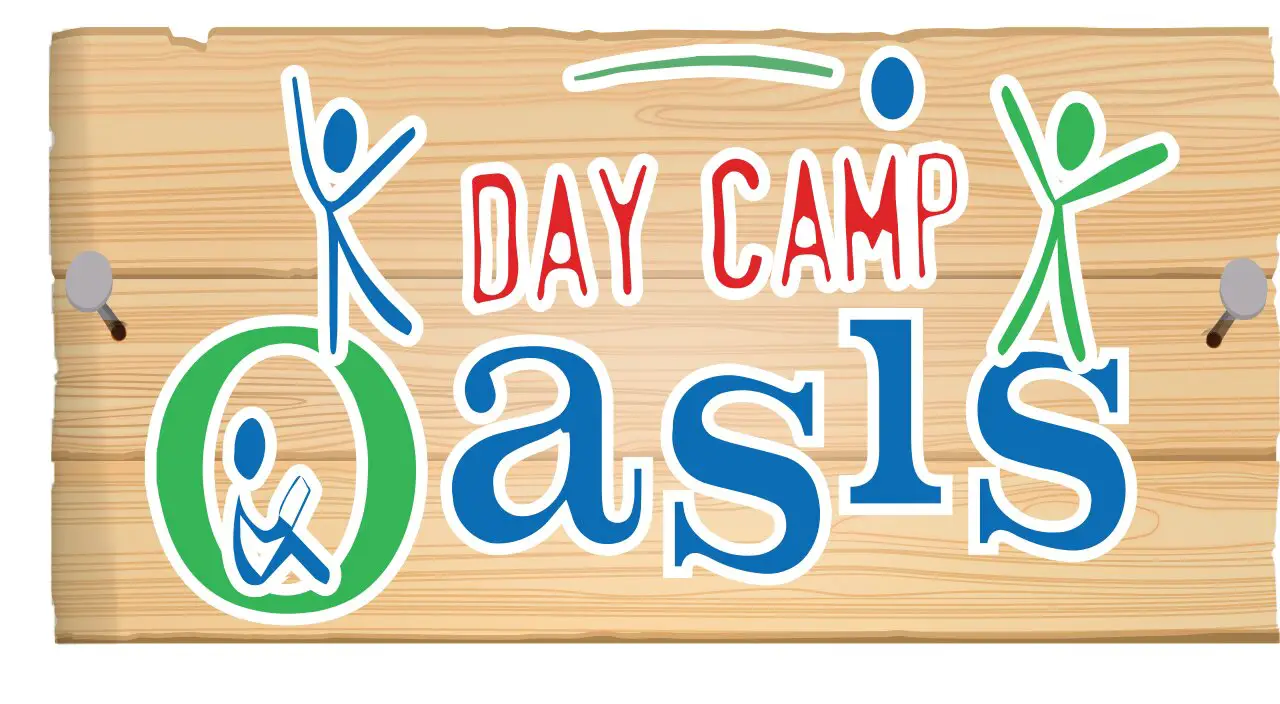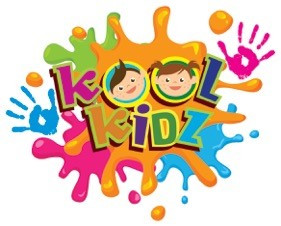
How to Understand Your Baby's Wants and Needs Based on Mood States and Cues
Knowing these cues and stages will help you become a baby whisperer.
Get can’t-miss family activities sent to you!
Get the Best Kid-Friendly Activities
Sent to You Weekly!
Solution: If a baby is drowsy with heavy, glazed eyes, referring to infant states listed above, you could encourage sleep by reducing stimulation and add one soothing technique. Wait 30 minutes until the baby is in deep sleep, not light sleep, before putting him down in his crib.
Engagement Cues vs. Disengagement Cues
There are two cues infants will give that will clue you in even more to how they’re feeling: Engagement Cues and Disengagement Cues. It’s common to not understand these cues, and accidentally over-stimulate your baby.
When your baby wants to engage, look for wide-open eyes, as if she is trying to memorize what she sees. His face and body will be relaxed, and he will use smooth body movements. Your baby is asking for help to learn more about you and her world. Enjoy this time together, but be prepared to watch for important signs.
If your baby wants to disengage, he may close his eyes, turn his face or body away from you, or arch or twist his body away. Her muscles will be tense, and she may frown or look like she is about to cry. If he’s not allowed to take a break, he will start to cry. Older babies will stiffen their hands and bring them up towards their faces. If your infant is showing any of these cues, let her take a break. Stop whatever you’re doing and reduce stimulation in the environment (noises, lights, toys, or interactions).
Awareness of these states and cues create a beautiful bonding experience, helping you become an expert baby whisper.






